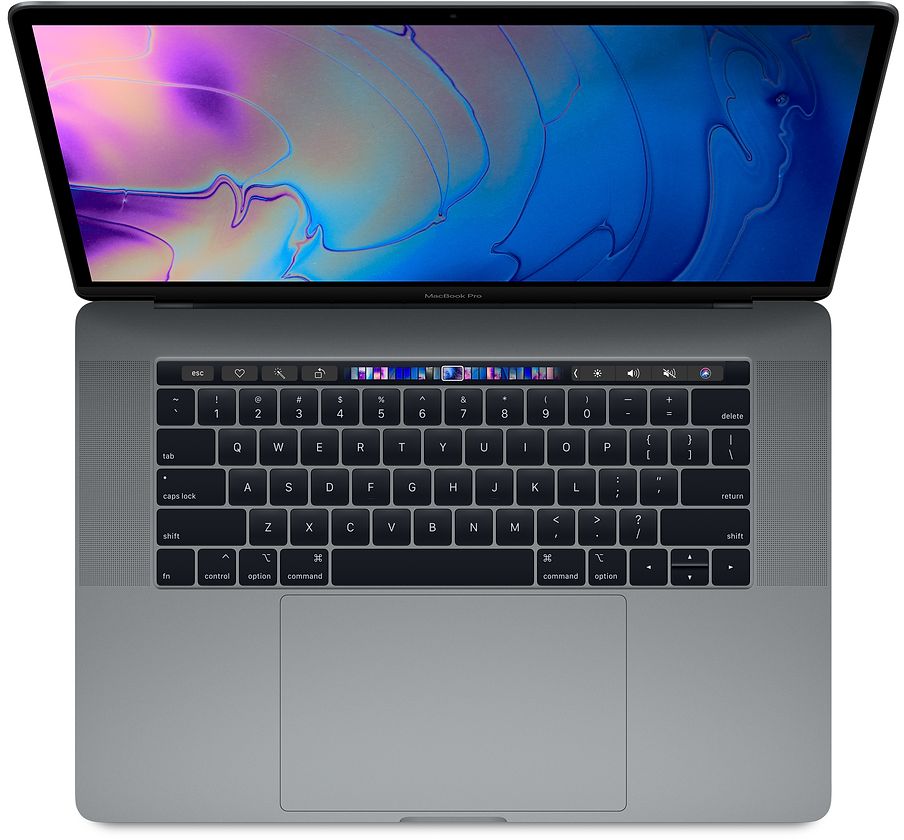MacBook Pros are once again deserving of the “Pro” appellation. Apple recently revamped its line of professional computers, which had been speculated for some time. Processor speeds, RAM, and internal storage have all been increased in the new MacBook Pros, which go on sale today. They also allow you to summon Siri at any time by simply speaking to her.
The news demonstrates how Apple is focusing its marketing efforts on creative professions, similar to how its education announcement a few months ago focused on the creative aspects of educational gadgets. And for Apple, this makes a lot of sense. At the same time, these updates don’t solve all of the faults that consumers have reported with current MacBook Pro versions, nor do they apply to the full Mac laptop range.
The new MacBook Pros, for example, have redesigned keyboards. However, the keyboards haven’t been totally overhauled, which is remarkable given the old design’s slew of issues. This means that, even on the new machines, concerns with Apple’s ultra-thin, butterfly-switch keyboards may still exist.
Two MacBook Pro laptop models will receive updates: the $2,399 15-inch MacBook Pro and the $1,799 13-inch MacBook Pro. A six-core processor has been added to the 15-inch model. It has been upgraded to an Intel Coffee Lake 8th generation processor (core i7 and, for the first time in this laptop, a Core i9) with 2.9 GHz and Turbo Boost up to 4.8 GHz. It comes with Radeon Pro discrete graphics and can be configured with up to 32 GB of DDR4 RAM and 4 TB of solid-state storage, which is double the previous model’s capacity.
You may now summon Siri by merely shouting at your machine, thanks to a T2 chip that first appeared in the iMac Pro. Previously, you had to press a button to activate Siri, but now it’s completely hands-free. The display doesn’t get a resolution boost (or a touchscreen), but it does get Apple’s True Tone alternating display temperature feature, which means more sensors have been put into the laptop. The Touch Bar and Touch ID are the same as in prior generations.
Similar improvements are coming to the 13-inch MacBook Pro, albeit with less power and graphics capabilities. It will come with a quad-core Intel Core i5 or i7 Coffee Lake processor with a clock speed of up to 2.7 GHz and Turbo Boost up to 4.5 GHz. It contains Intel Iris Plus integrated graphics, up to 2 terabytes of SSD storage, the same T2 chip, Siri support, Touch Bar, and Touch ID features as its larger counterpart, and the same T2 chip, Siri support, and Touch Bar and Touch ID features as its larger counterpart. The battery life on both versions is projected to be similar to that of prior models.
The 13-inch MacBook Pro without a Touch Bar from last year will not be updated, despite the fact that it is still available in stores. Neither the 12-inch MacBooks nor the Mac Mini will be updated (although a new analyst report suggests a new Mac Mini is on the way). The third-generation 15-inch MacBook Pro, which was first released in 2012 (and didn’t include a Touch Bar), will be phased out. It will be available for purchase as long as there is stock, but it will eventually be removed from Apple’s website.
Given that Apple recently announced a repair and replacement program for the keyboards on its newer MacBook and MacBook Pro models, the keyboards on the new MacBook Pros are certain to pique curiosity. Casey Johnston of The Outline was one of the first to highlight the problem of sticky keys, which Apple blamed on dust under the keyboards, and several class-action lawsuits were launched over the purportedly defective equipment. The movement gained traction—a Change.org petition calling for a recall of all MacBook Pros sold since late 2016 presently has over 30,000 signatures—and it was even dubbed one of Apple’s “worst design blunders in history” by influential Apple blogger John Gruber.
The keyboards on the new MacBook Pros are substantially quieter. I was able to type a few phrases on one, and it was incredibly silent compared to the keyboard on the 2017 13-inch MacBook Pro, which I’m working on right now. The new keyboard also has a slightly different key feel, according to Apple. The keys feature the same butterfly mechanism as the previous generation of MacBook Pros, so they’re still prone to sticking. Apple claims that just a tiny percentage of customers are affected, but when you sell a large number of products, even a little percentage can add up to a large number of people.
A dozen different professionals and students, all hand-picked by Apple, were on hand at a small press briefing in New York City yesterday to vouch for the new goods. They’d all recently received the latest 15-inch MacBook Pro. Music producer Oak Felder, molecular biology researcher Janet Iwasa, app founder and developer Leah Culver, photographer Lucas Gilman, video director Carlos Perez (who directed “Despacito”), and mixed media artist and sculptor Aaron Axelrod were among the names on the guest list. Apple selected two students from its annual software conference last month to demonstrate apps focused on accessibility and mental health awareness.
